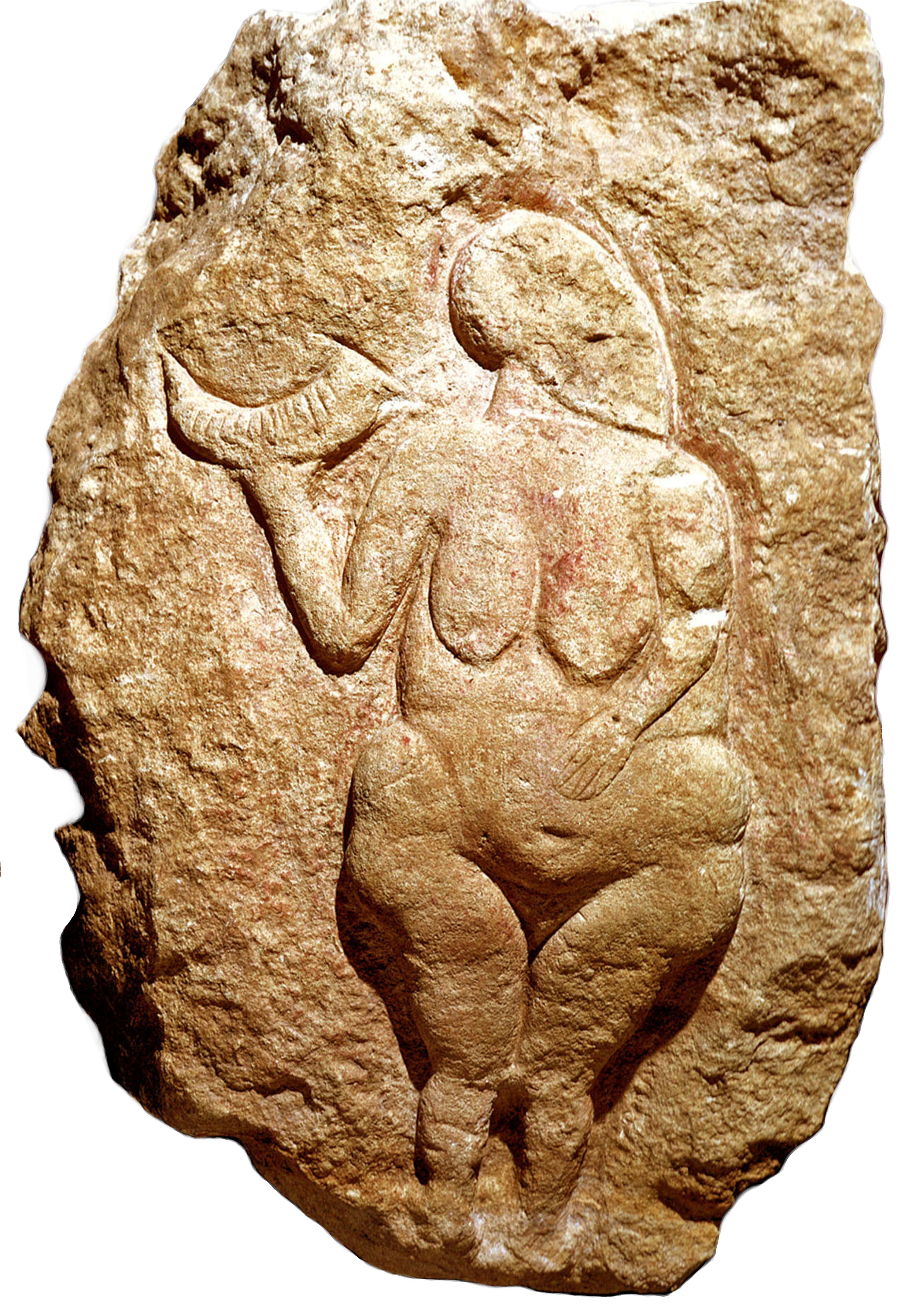Sounds from Silence: Music Archaeology of the Palaeolithic, Mesolithic and Neolithic
It was during the Palaeolithic that the earliest recognisable musical instruments were found, these being in the form of bird bones with what appear to be fingerholes drilled along their length. These have pretty-well universally been interpreted as flutes but many can equally-well be blown as brass instruments. Because of the relatively-simple manufacturing technology used to create these, and the lack of any other references to their use in ancient times, music archaeologists investigated their performance by means of modern analogues of these instruments. This has driven the study in a different direction from much other music archaeological investigation.
The difficulty of this approach lies in the impossibility of accurately replicating objects made from bird bones when modern bird bones are used as the raw material. The sheer variability of the raw materials utilised provides the analogues with a level of dimensional instability which gives rise to unpredictable performance characteristics in the finished analogues. At a recent conference, the major discussion amongst a number of workers in this field centred of the discrepancies in performance between the many modern analogues which they had created.
